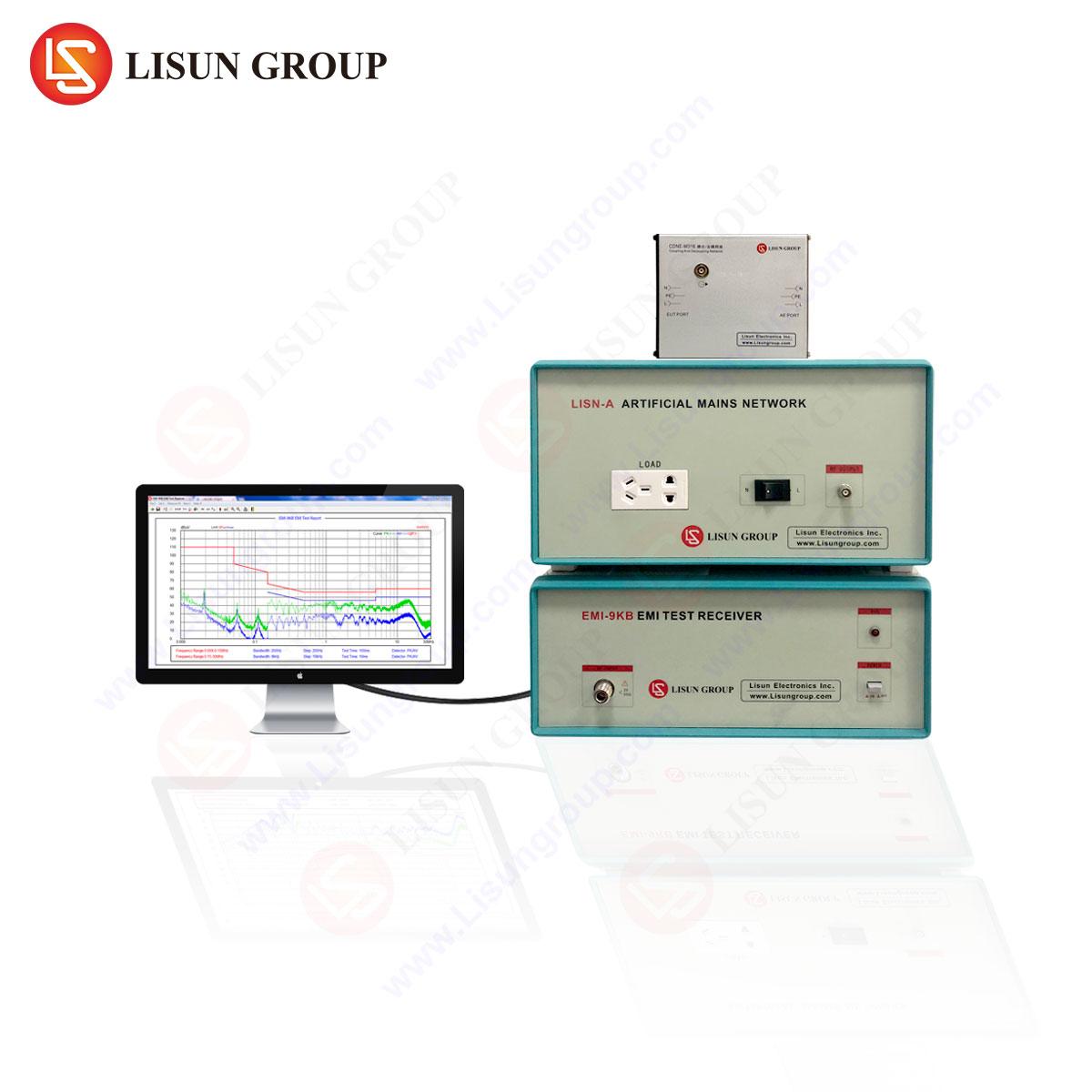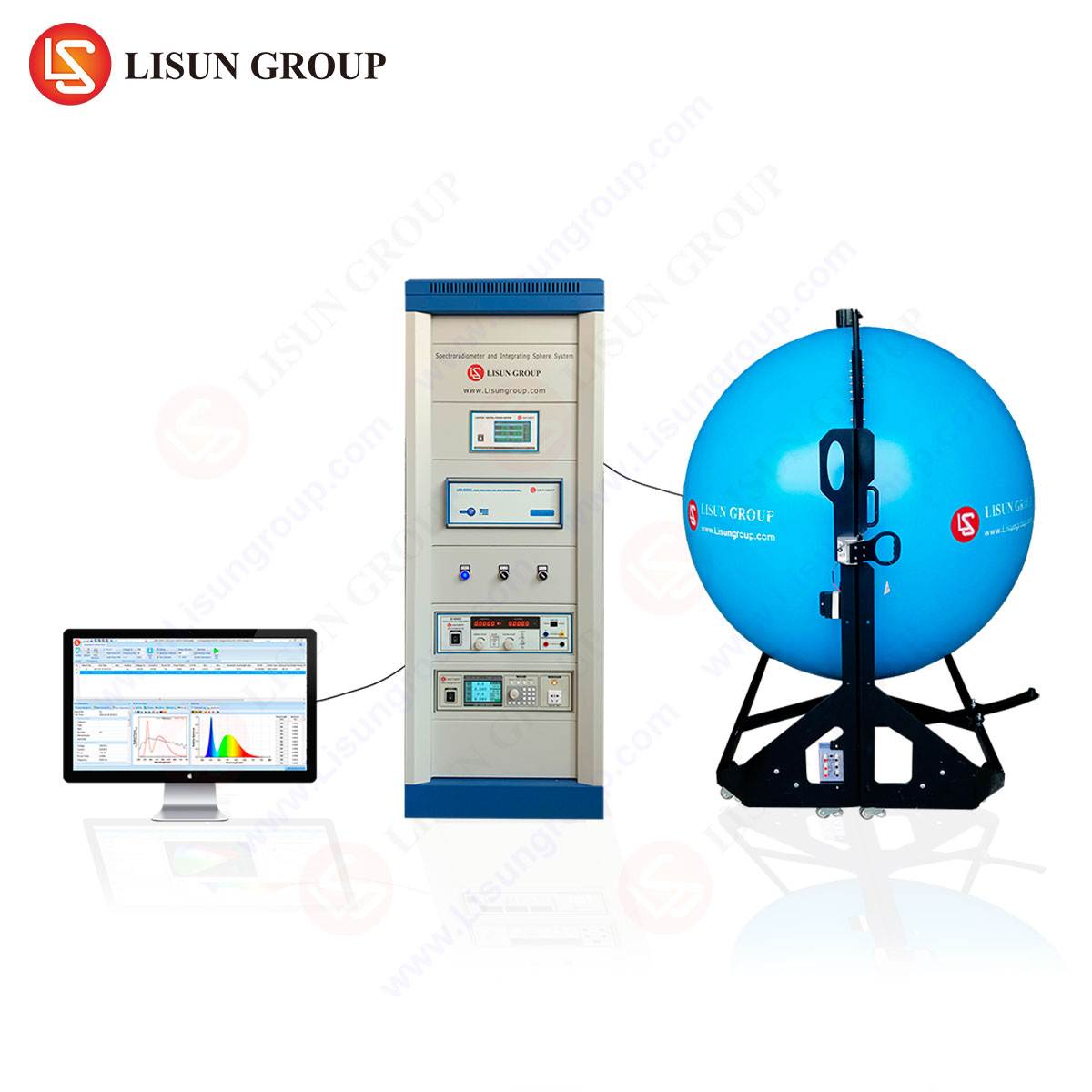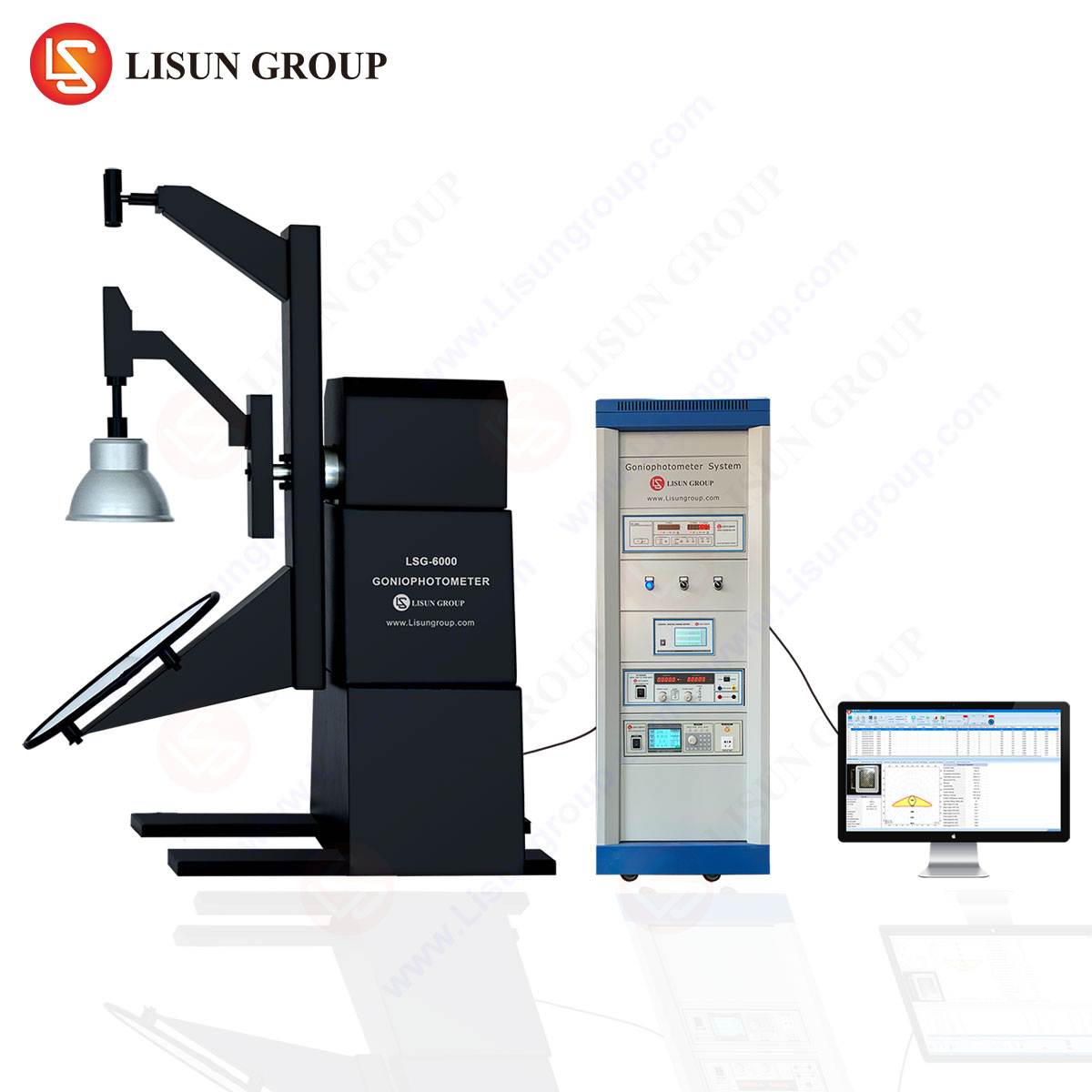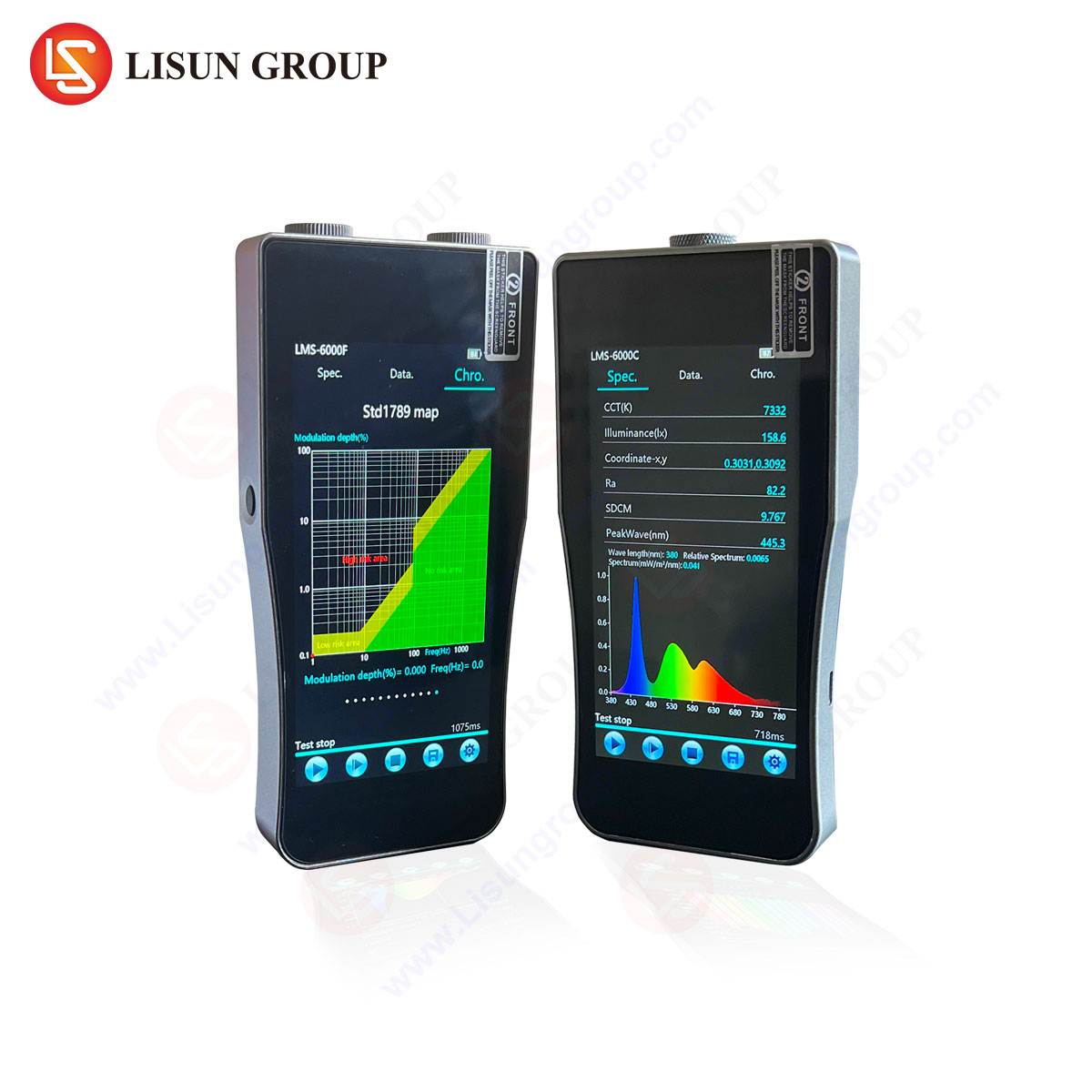A Comparative Analysis of ESD Simulator Architectures: LISUN ESD61000-2 and Thermo Fisher Scientific NSG 435
Introduction to Electrostatic Discharge Simulation in Product Validation
The validation of electronic and electromechanical systems against Electrostatic Discharge (ESD) is a critical component of the Electromagnetic Compatibility (EMC) testing regimen. ESD events, which can occur during manufacturing, handling, or operational use, pose a significant threat to the functional integrity and reliability of modern electronics. The International Electrotechnical Commission (IEC) 61000-4-2 standard defines the test methods and waveform requirements for simulating these transient events in a controlled laboratory environment. The core instrument for this testing is the ESD simulator, which generates highly repeatable discharges to assess a device’s immunity. This analysis provides a detailed technical comparison between two distinct simulator architectures: the LISUN ESD61000-2, representing a modern, fully integrated design, and the Thermo Fisher Scientific NSG 435, a long-established modular system. The objective is to delineate their operational principles, performance characteristics, and applicability across diverse industrial sectors.
Architectural Philosophy and System Integration
The fundamental divergence between these two systems lies in their architectural approach. The NSG 435 embodies a modular, component-based philosophy. It consists of a separate mainframe housing the high-voltage generation and control circuitry, connected via a cable to a distinct discharge gun. This design offers a degree of flexibility, allowing different gun models to be paired with the mainframe. However, it introduces interconnect dependencies that can influence waveform fidelity and system calibration.
In contrast, the LISUN ESD61000-2 is engineered as a fully integrated system. The high-voltage source, control electronics, and discharge network are housed within a single, cohesive unit, with the discharge tip being the only external component. This integrated architecture minimizes parasitic inductance and capacitance associated with interconnecting cables, which is a primary source of waveform distortion. The design philosophy prioritizes waveform integrity, repeatability, and operational simplicity by treating the simulator as a unified instrument rather than a collection of components. This approach directly addresses the challenges of maintaining the stringent waveform specifications mandated by IEC 61000-4-2, particularly for the sub-nanosecond rise time of the current pulse.
Waveform Verification and Compliance with IEC 61000-4-2
The ultimate measure of an ESD simulator’s performance is its ability to generate discharge currents that conform to the parameters specified in IEC 61000-4-2. The standard defines key waveform parameters for both contact and air discharge modes, including rise time, peak current, and currents at 30ns and 60ns. Verification is performed using a current target and a high-bandwidth oscilloscope with a minimum bandwidth of 2 GHz, as per IEC 61000-4-2 and ANSI C63.16.
For the NSG 435, achieving compliant waveforms requires careful selection and calibration of the entire signal path, including the mainframe, interconnect cable, and discharge gun. The modular nature means that the calibration is specific to that combination of components. Any change, such as using a different gun or a damaged cable, necessitates re-verification of the system’s waveform.
The LISUN ESD61000-2, with its integrated design, is calibrated as a complete system at the factory. The absence of a long, flexible high-voltage cable between the generator and the discharge point eliminates a significant variable. This typically results in enhanced consistency and ease of maintaining waveform compliance over time. The system is designed to deliver the critical sub-1ns rise time with high repeatability, a factor essential for stressing the fast-transient immunity of components like microcontrollers in automotive electronics or communication interfaces in IT equipment.
Table 1: Key Waveform Parameters per IEC 61000-4-2 (Contact Discharge)
| Discharge Level | Peak Current (±10%) | Rise Time (0.7-1 ns) | Current at 30 ns (±30%) | Current at 60 ns (±30%) |
|———————|————————–|—————————|—————————–|—————————–|
| 1 kV | 3.75 A | 0.7-1 ns | 2 A | 1 A |
| 2 kV | 7.5 A | 0.7-1 ns | 4 A | 2 A |
| 4 kV | 15 A | 0.7-1 ns | 8 A | 4 A |
| 6 kV | 22.5 A | 0.7-1 ns | 12 A | 6 A |
| 8 kV | 30 A | 0.7-1 ns | 16 A | 8 A |
Operational Functionality and User Interface Design
Operational workflow is another area of significant differentiation. The NSG 435 traditionally features a control interface on the mainframe unit, with a more recent model, the NSG 438, offering a remote software control option. Operation involves manual setting of voltage levels, discharge modes, and intervals directly on the hardware.
The LISUN ESD61000-2 is designed with a focus on comprehensive user control and data integrity. It incorporates a large, intuitive touchscreen interface directly on the unit, allowing for easy configuration of all test parameters, including voltage, count, interval, and mode. A critical functional advantage is its integrated test software, which enables remote control from a PC and, most importantly, automatic generation of test reports. This software can log every discharge event, including its timestamp and result (pass/fail based on the Device Under Test’s response), which is invaluable for audit trails and failure analysis in regulated industries like medical devices and aerospace.
For testing in air discharge mode, the LISUN ESD61000-2 offers a motorized approach system. This feature automates the process of approaching the Device Under Test (DUT) at a controlled, repeatable speed, eliminating the human variability associated with manually wielding a discharge gun. This is particularly crucial for achieving reproducible results in air discharge testing, where the approach speed directly influences the discharge characteristics.
Application Across Industrial Sectors and Use Cases
The choice of ESD simulator can have implications for testing efficiency and data reliability across various industries.
- Automotive Industry: Components for rail transit and automobiles must withstand severe ESD events. Testing electronic control units (ECUs), infotainment systems, and sensors requires a simulator with excellent waveform repeatability to ensure consistent stress application. The automated reporting of the ESD61000-2 aids in meeting the stringent documentation requirements of standards like ISO 10605.
- Medical Devices: For patient-connected equipment such as monitors or diagnostic instruments, ESD immunity is a safety-critical requirement. Regulators demand comprehensive test records. The LISUN system’s ability to automatically log every discharge and generate certified test reports simplifies compliance with FDA and other regulatory body mandates.
- Household Appliances and Intelligent Equipment: As appliances incorporate more sensitive touch controls and IoT connectivity, their susceptibility to ESD increases. High-volume production testing benefits from simulators that are easy to operate and minimize operator-dependent variables, such as the motorized approach of the ESD61000-2.
- Information Technology and Communication Transmission: Servers, routers, and switches are tested to ensure network integrity. The high-frequency components of an ESD pulse can disrupt high-speed data lines. The assured waveform fidelity of an integrated system like the ESD61000-2 is essential for valid testing of these high-speed interfaces.
- Aerospace and Spacecraft: The low-pressure environments in aviation and space can alter ESD characteristics. While both simulators can be used in environmental chambers, the integrated design of the LISUN unit may offer advantages in setup simplicity and reduced cabling within a constrained chamber space.
Technical Specifications and Performance Capabilities of the LISUN ESD61000-2
As a focal point of this comparison, the LISUN ESD61000-2 embodies a set of specifications designed for modern EMC test laboratories.
- Voltage Range: 0.1 kV to 16.5 kV for air discharge; 0.1 kV to 9 kV for contact discharge.
- Test Modes: Contact discharge, air discharge, and external trigger/synchronization.
- Discharge Network: Fully compliant with IEC 61000-4-2, featuring a 150 pF storage capacitor and a 330 Ω discharge resistor.
- Polarity: Positive and negative polarity switching.
- Operational Modes: Single discharge, repetitive discharge (1-20 pps selectable), and count-down mode.
- Approach System: Optional motorized approach for air discharge, ensuring a consistent and repeatable 0.5 m/s approach speed.
- User Interface: Color TFT LCD touchscreen with intuitive menu navigation.
- Software: Comprehensive PC control software with real-time monitoring and automated report generation in Word or PDF format.
- Calibration: Built-in calibration function with password protection to maintain traceability and prevent unauthorized adjustment.
Economic and Laboratory Workflow Considerations
Beyond the initial purchase price, the Total Cost of Ownership (TCO) and impact on laboratory workflow are critical factors. The modular NSG 435 may have a well-established service and parts network, but its calibration can be more complex and time-consuming due to the multiple components involved.
The LISUN ESD61000-2’s integrated design simplifies calibration to a single-unit process. The automation features—motorized approach, software control, and automated reporting—directly translate into labor savings, reduced testing time, and minimized human error. For a high-throughput lab testing hundreds of products annually, these efficiencies can significantly offset the initial capital investment. The reduction in operator-dependent variables also enhances the overall quality and defensibility of the test data, which is an intangible but highly valuable benefit.
Conclusion: Selecting an ESD Simulator for Modern EMC Requirements
The comparison between the LISUN ESD61000-2 and the Thermo Fisher Scientific NSG 435 reveals a clear evolution in ESD simulator design. The NSG 435 represents a proven, modular approach that has served the industry for decades. However, the LISUN ESD61000-2 exemplifies a modern, integrated architecture that prioritizes waveform integrity, operational repeatability, and test automation.
The choice between them hinges on the specific requirements of the testing facility. For laboratories where data traceability, operational efficiency, and minimizing human factors are paramount—such as in the medical, automotive, and aerospace sectors—the LISUN ESD61000-2 offers compelling advantages. Its design directly addresses the challenges of complying with the rigorous waveform and reporting demands of contemporary EMC standards, making it a robust solution for the validation of next-generation electronic products across a vast industrial landscape.
Frequently Asked Questions (FAQ)
Q1: Why is the rise time of the ESD pulse so critical, and how does simulator design affect it?
The rise time of an ESD pulse, specified as 0.7 to 1 nanosecond, determines its high-frequency spectral content. A faster rise time contains higher energy at higher frequencies, which can more easily couple into circuit traces and bypass passive protection components. Simulator designs with long, inductive cables between the generator and discharge tip can slow the rise time and distort the waveform, leading to an under-stressing of the Device Under Test and non-compliant testing.
Q2: For a manufacturer of household appliances, is the motorized approach system a necessary feature?
While not strictly necessary for compliance, a motorized approach system significantly enhances test repeatability. Manual air discharge testing is highly operator-dependent; the speed and angle of approach can vary, causing inconsistencies in the discharge arc and the stress applied to the product. For a manufacturer seeking highly reliable and reproducible data for quality assurance and design validation, the motorized approach eliminates this key variable.
Q3: How does the integrated software in the LISUN ESD61000-2 aid in meeting regulatory requirements?
Regulatory standards for industries like medical devices (e.g., FDA 21 CFR Part 820) and automotive (ISO 10605) require objective evidence of verification activities. The integrated software automatically generates detailed test reports that document the test setup, parameters (voltage, mode, count), and a log of every discharge event. This creates an immutable audit trail, proving that the test was performed as specified, which is essential for regulatory submissions and quality audits.
Q4: Can these simulators be used for testing components directly, such as integrated circuits?
Yes, but the test standard and setup differ. While IEC 61000-4-2 is for system-level testing, components are often tested using the Human Body Model (HBM) per JEDEC JS-001 or the Charged Device Model (CDM) per JEDEC JS-002. This requires a different set of discharge networks and fixtures. Some ESD simulators, including certain models from LISUN, offer modular attachments or dedicated instruments to perform these component-level tests.
Q5: What is the typical calibration interval for an ESD simulator, and what does calibration involve?
The typical calibration interval is one year, as recommended by most accreditation bodies. Calibration involves verifying the output voltage accuracy and, most importantly, characterizing the discharge current waveform using a current target and a high-bandwidth oscilloscope. The measured rise time, peak current, and currents at 30ns and 60ns must all fall within the tolerances specified by IEC 61000-4-2.







